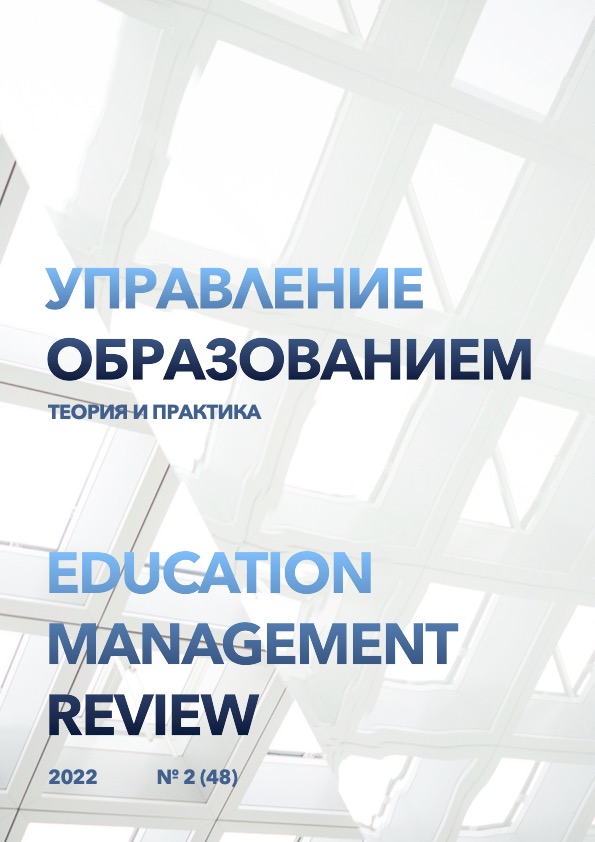The subject of translation and localization of american animated films in first decade of 21-st century
DOI:
https://doi.org/10.25726/v6948-8268-3951-kKeywords:
translation, translation studies, localization, animated film (cartoon), perception, meaning, character, adjustment, voice acting, dubbing, english and russian languages, american animated filmsAbstract
In terms of globalization and cultural linkages, citizens all over the world are able to enjoy foreign masterpieces in media. This is where the specifics of translation and localization become very relevant. As audience's main target is not to analyze an upcoming translation, people can barely imagine the way it might have changed the whole meaning as well as the localization. Translator's objective is to find a happy medium between providing the author's message and appropriately adjusting all the cultural differences to a new environment.It seemed curious for us to do the research on the topic of 21-st century american animation translation as it was the period when demand for animated films in Russia grew at it's best, so did the demand on translators.The purposes of our research are to identify the cause of inaccuracies in the field of translation which may distort plot ideas and to mark the criteria of proper translation. The objectives of our research are:- to define the value of localization in media industry;- to define main disadvantages of translation using two chosen examples ("Coraline" (2008) and "9" (2009));- to suggest another method of translation in order to prevent mistakes in advance;- to explain the origins of such misconceptions;- to provide with a criteria of proper translation. We have obtained the following results:- currently most of the movies, cartoons, musicals etc. are translated inaproppriately, which leads to misunderstandings in spite of having some details saved;- people tend to make a positive development about media creations after a proper research is done. Due to current research out focus group changed their opinion on movie "9" drastically. They have only watched the original movie before participating. Detailed analysis of the two versions (russian and american) led us to significant advantages of russian localization as it gives the opportunity to embrace all the emotions and thoughts, relate to characters' feelings. Lastly it claryfies roles of the characters and fulfills actions with meaning;- translators should be given more time to work over the localization;- a translator should reject any stereotype which may occur and part their personal beliefs from the author's message in order to focus on their main goal.
References
Граммио – все нотки жизни/ О чём мультфильм «Девять»?. https://grammio.com/4556-ochem-multfilm-devyat
Кинопоиск/ Рецензии. Девять. https://www.kinopoisk.ru/film/180577/reviews/
Комиссаров В.Н. Общая теория перевода. Учебное пособие. М.: Наука, 1999. 136 с.
Комиссаров В.Н. Перевод и интерпретация // Тетради переводчика. Вып.19. М., 1982, 3 – 19 с.
Компьютерная зd-графика. За кулисами/ Коралина в стране кошмаров (Coraline) – процесс создания. Самые удивительные факты. https://3dyuriki.com/2009/08/20/coraline-koralina-v-stranekoshmarov-process-sozdaniya-samye-udivitelnye-fakty/
Крушельницкая К.Г., Попов М.Н. Советы переводчику. М.: Астрель – АСТ, 2004. 148 с.
Ушакова Е.В. Методический потенциал жанра антиутопии в развитии читательской компетентности студентов// Управление образованием: теория и практика. 2022. Том 12. №1. С. 60-68.
Федоров А.В. Основы общей теории перевода. М.: Высшая школа, 1983. 303 с.
Хабр/ Коралина. Мир наоборот https://habr.com/ru/post/133333/
Чистякова Н.А. Межкультурное взаимодействие как источник экономического роста //Экономика: вчера, сегодня, завтра. 2019. Том 9. № 5А. С. 98-103.




